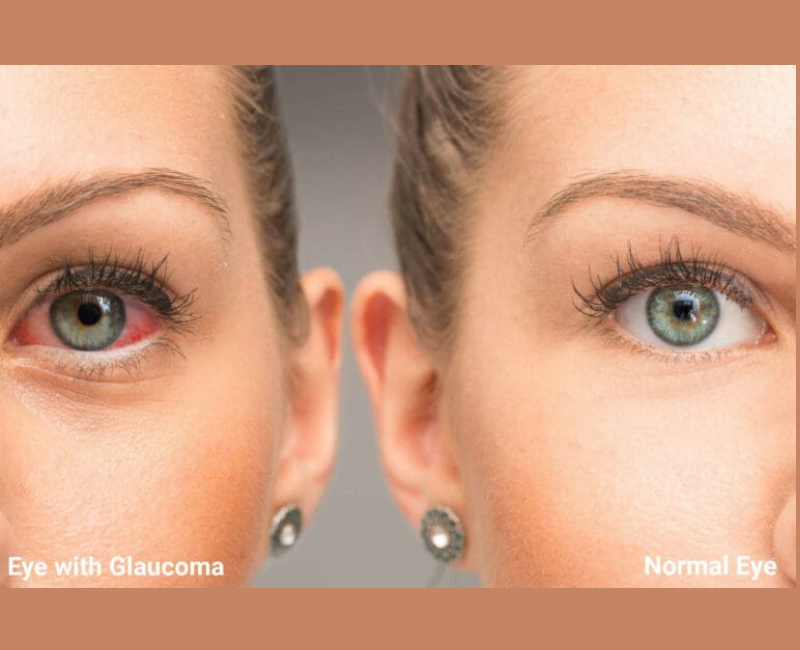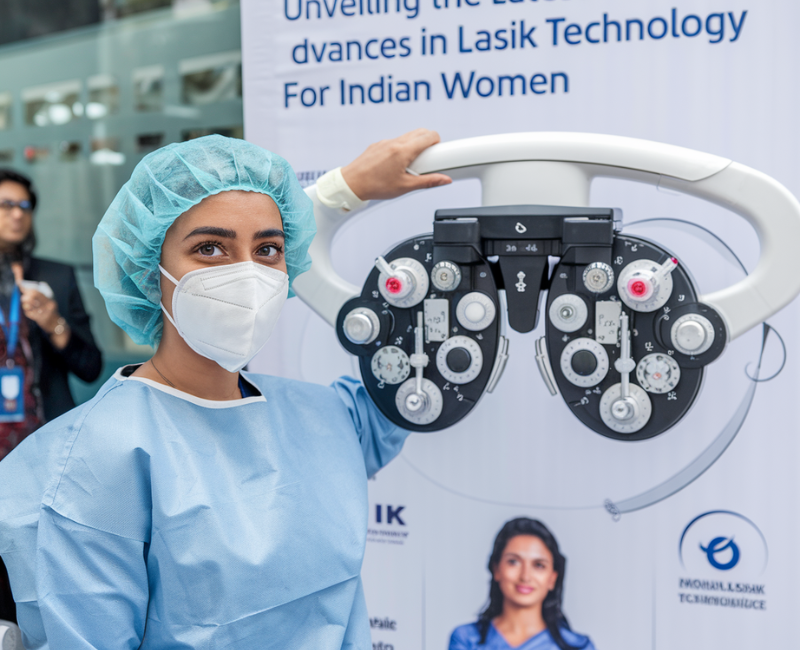3D Movies: A Visual Treat or Strain on Your Eyes?
3D movies offer a captivating cinematic experience, immersing viewers in a world of depth and dimension. However, while they’re thrilling to watch, there’s a growing concern about their potential impact on eye health. Let’s explore the effects of 3D movies on our eyes. The 3D Magic: How 3D Works: 3D movies use special glasses to present slightly different images to each eye, creating the illusion of depth. The Thrill: The experience can be exhilarating, making viewers feel like they’re part of the action. Potential Eye Strain: Eye Muscle Strain: Watching 3D movies for extended periods can lead to eye muscle strain. The brain works harder to process the 3D images, which can cause fatigue and discomfort. Headaches: Some viewers may experience headaches due to the strain on their eyes and brain. Blurred Vision: Temporary blurred vision or double vision can occur after watching a 3D movie, especially if you’re sensitive to the technology. Tips for Comfortable Viewing: Take Breaks: If you’re prone to eye strain, take short breaks during the movie to relax your eyes. Look into the distance or close them for a few minutes. Adjust Brightness: Make sure the theater’s brightness is comfortable for your eyes. Avoid watching 3D movies in a very dark environment. Wear Suitable Glasses: Ensure your 3D glasses fit properly and are clean. Dirty lenses can contribute to eye strain. Limit Viewing Time: If you’re particularly sensitive to 3D, try to limit your viewing time. Is 3D Safe for Everyone? Individual Differences: The impact of 3D movies varies from person to person. Some individuals may be more susceptible to eye strain or discomfort than others. Consult a Doctor: If you have pre-existing eye conditions or experience significant discomfort after watching 3D movies, consult with an eye doctor. While 3D movies offer a unique and immersive experience, it’s important to be mindful of their potential effects on your eyes. By following these tips and listening to your body, you can enjoy 3D movies without compromising your eye health. For personalized advice on eye health and 3D movie viewing, consider visiting Gadgil Eye Hospital in Thane. Their experienced eye specialists can provide you with valuable insights and recommendations.
3D Movies: A Visual Treat or Strain on Your Eyes? Read More »











